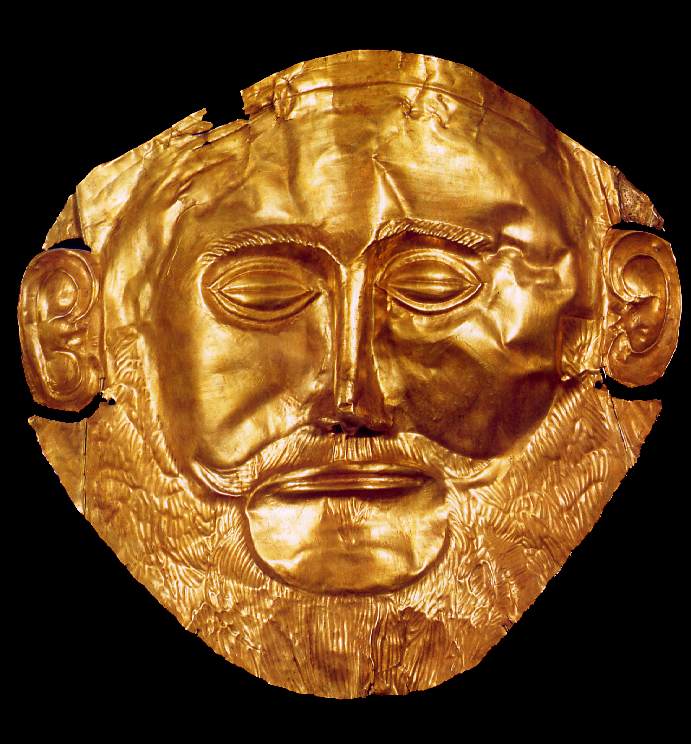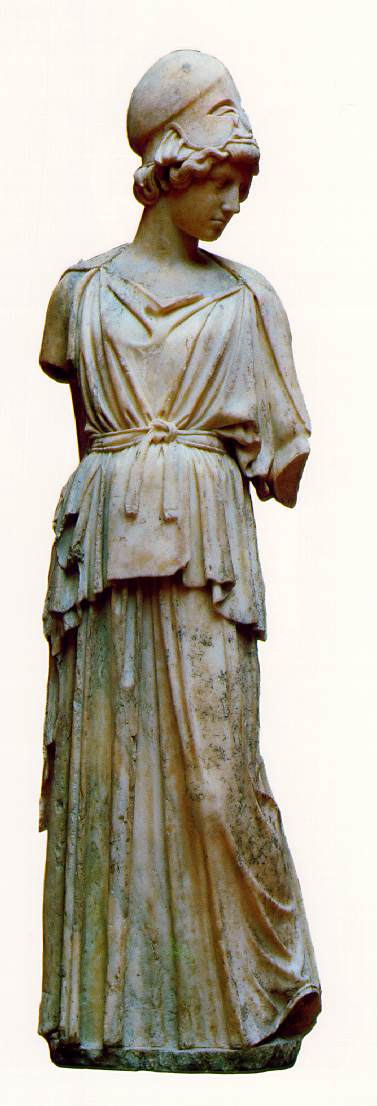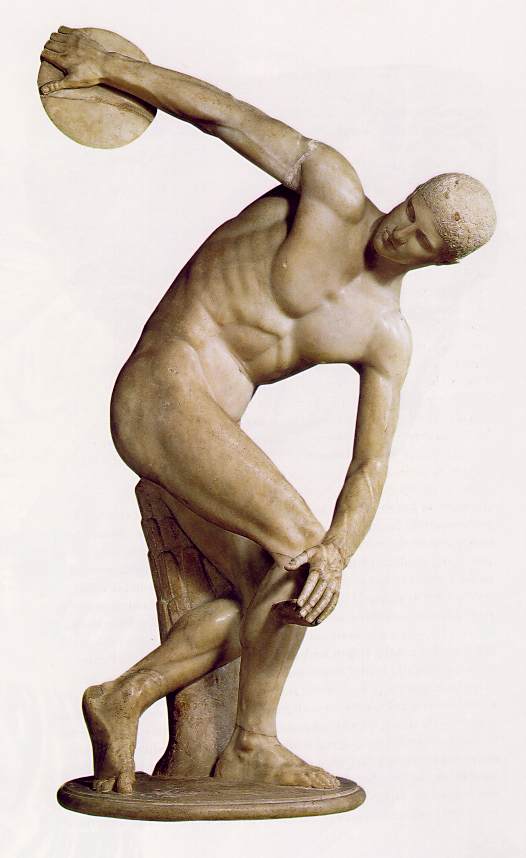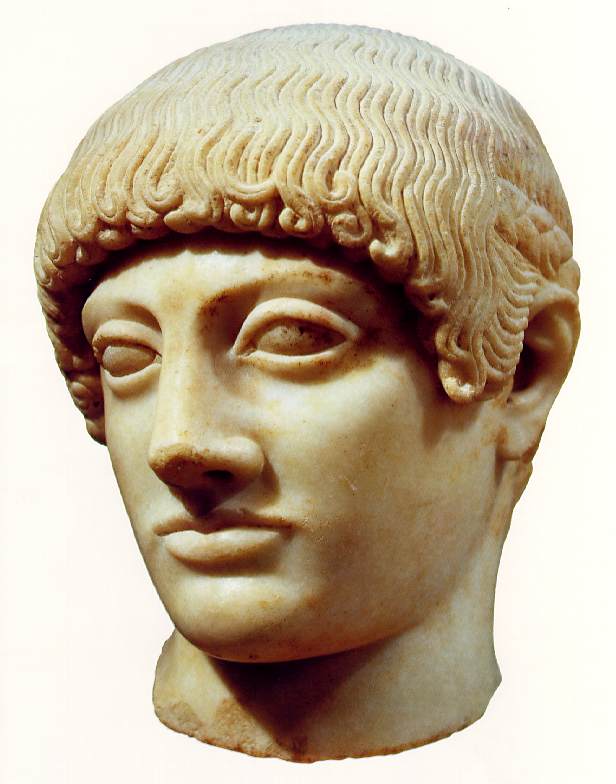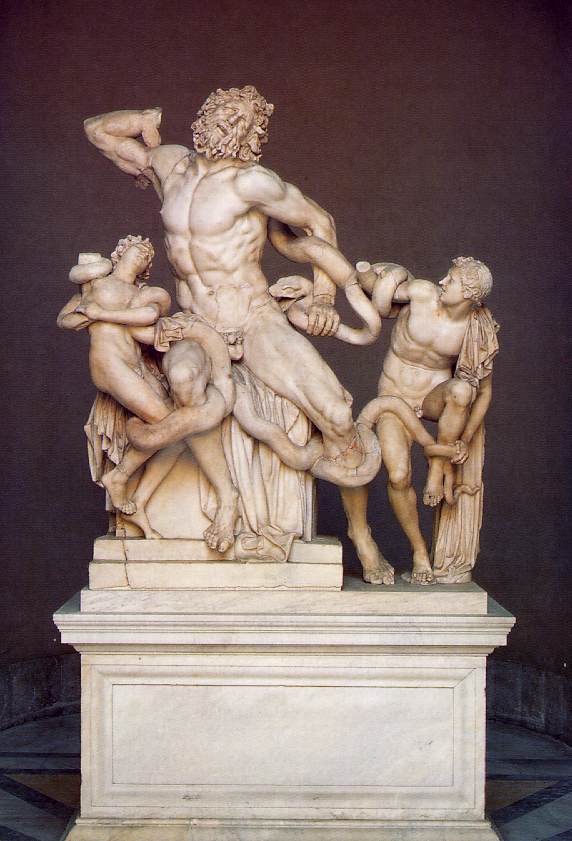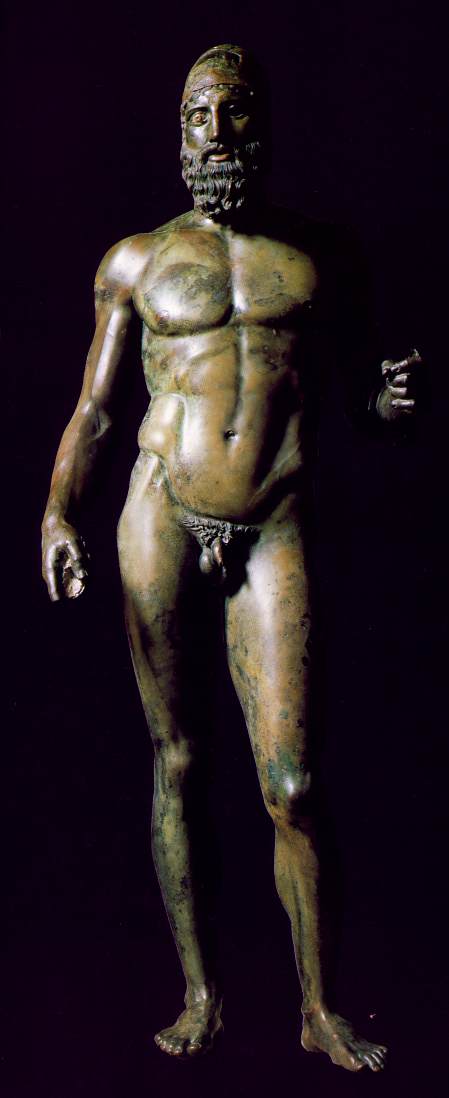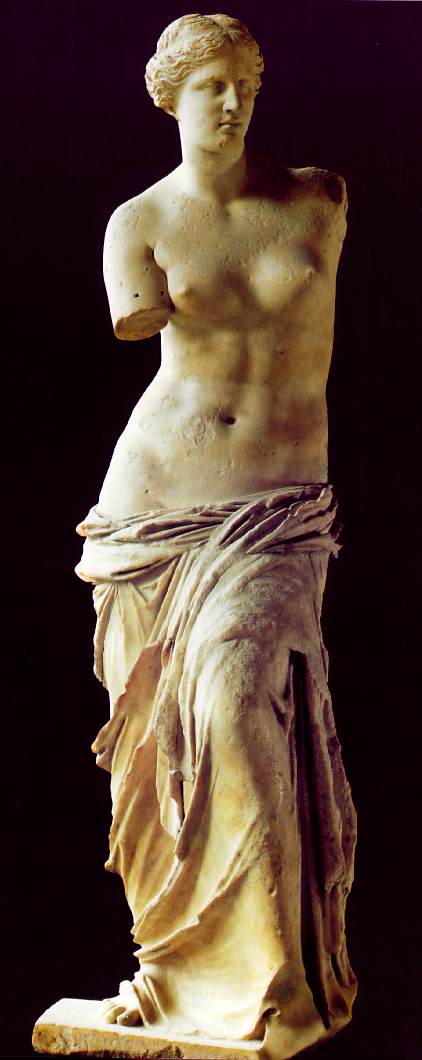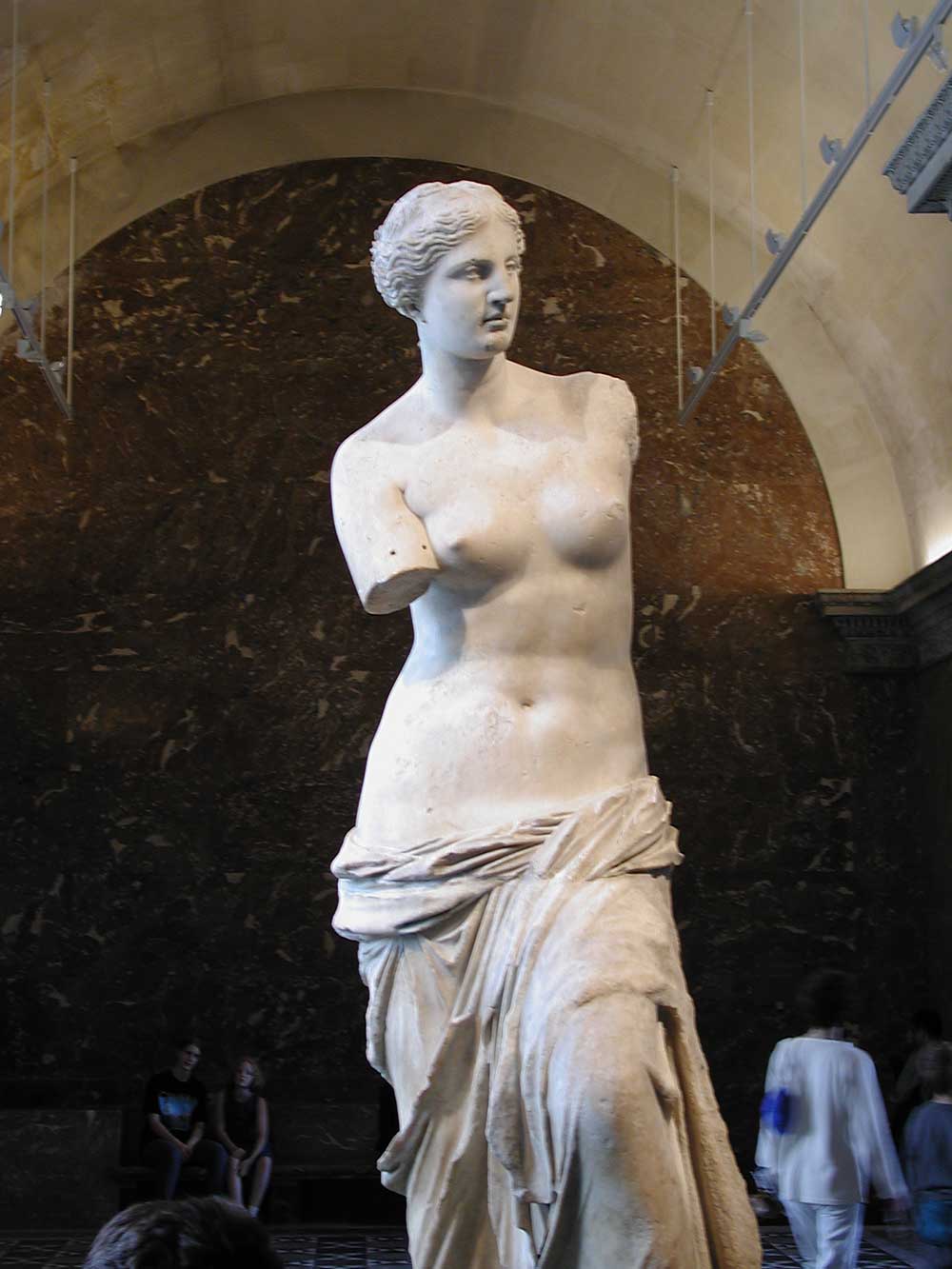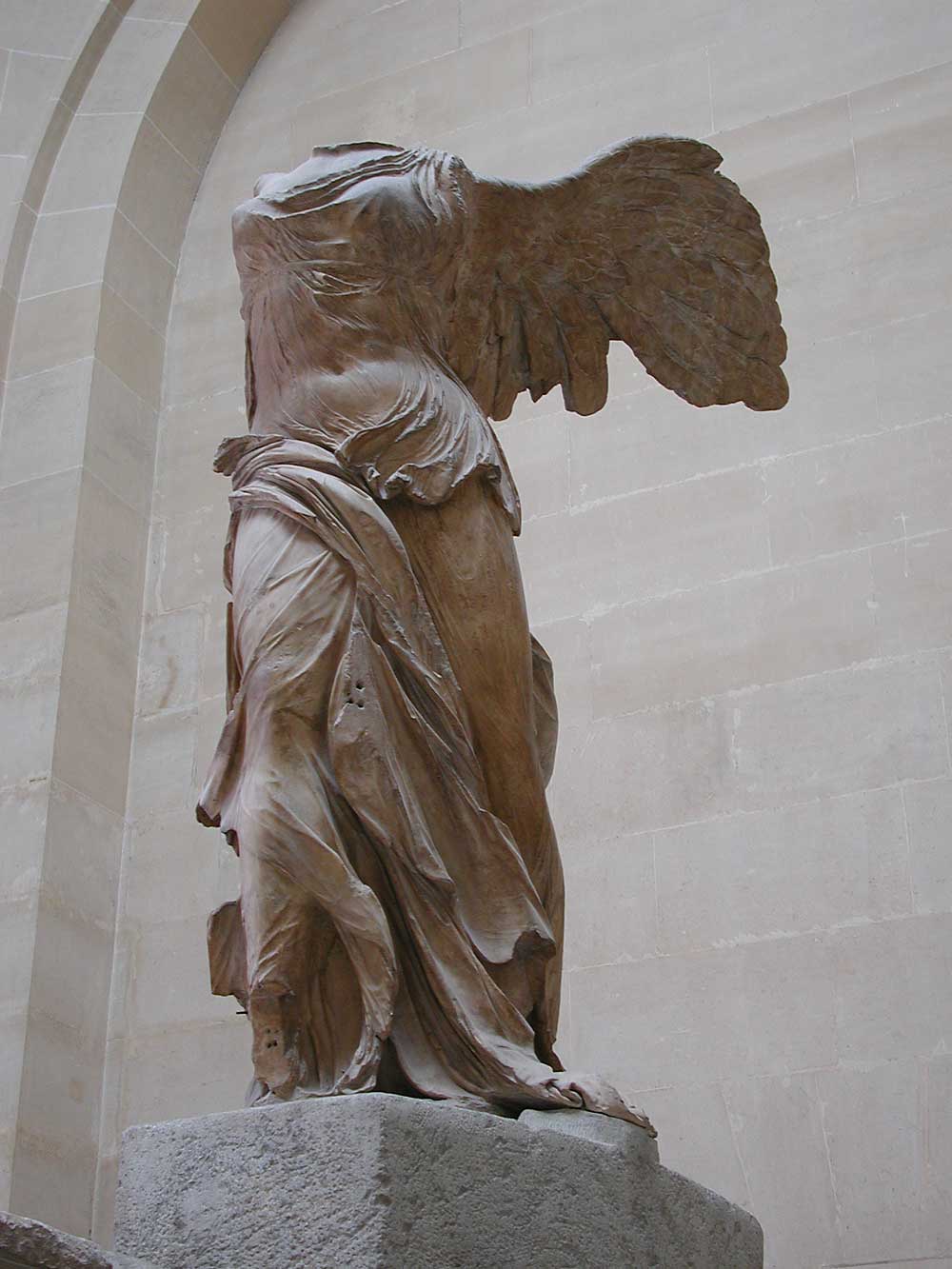|
Before the Greeks, the great civilizations of the world produced art that was rigid, formal, symbolic rather than realistic.. In Greek art the human figure emerged as a moving, breathing, entity, a severe, totally abstract style flourished. No other civilization has had so much of its art pillaged and destroyed. Lysippus is the most praised of Greek artists. Lysippus created Alexander's portrait as a god. But only copies of his works exist today. "The older artists represented men as they are, I represent them as they appear to the eye." Lysippus ; By studying the development of the human figure in Greek sculpture, we can see the perfection of naturalistic art emerging from the chrysalis of what went before.
Greek Sculpture Athena Belvedere Apollo Discobolos (Discus Thrower) Head of a Blond Youth Hagesandros, Athenodoros and Polydoros of Rhodes Man with Helmet Venus de Milo
Winged Victory of Samothrace
|
